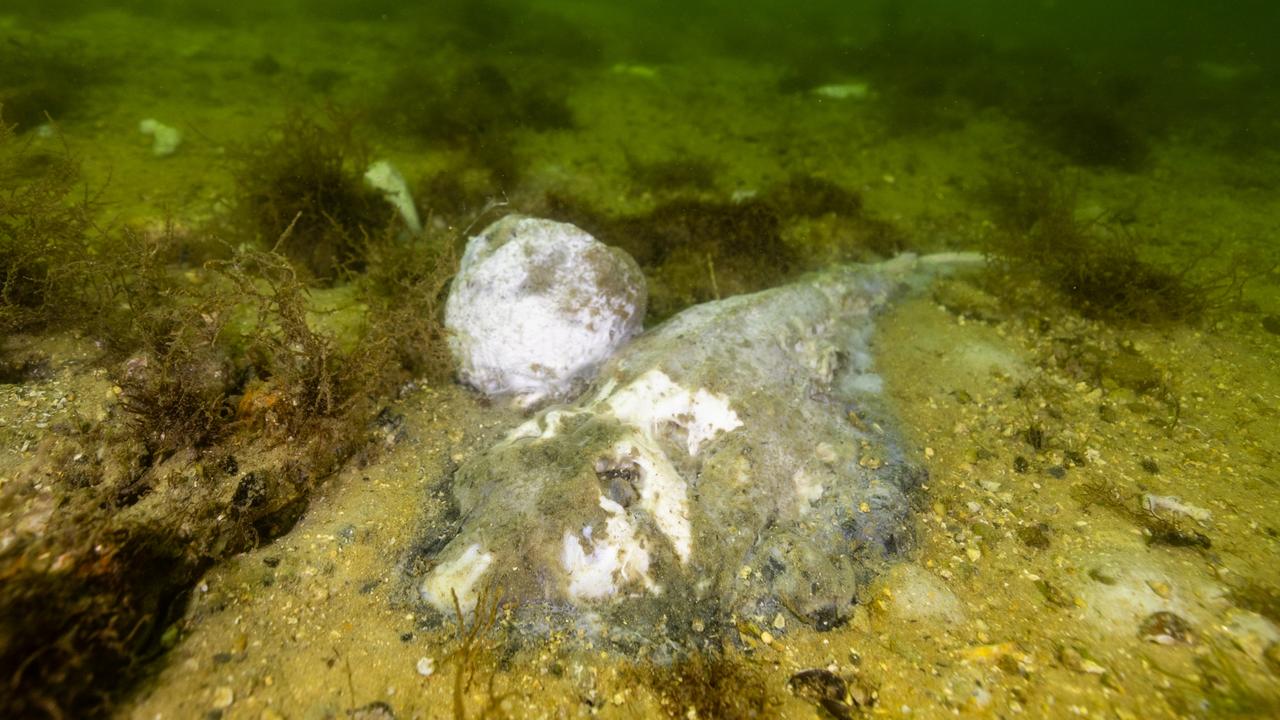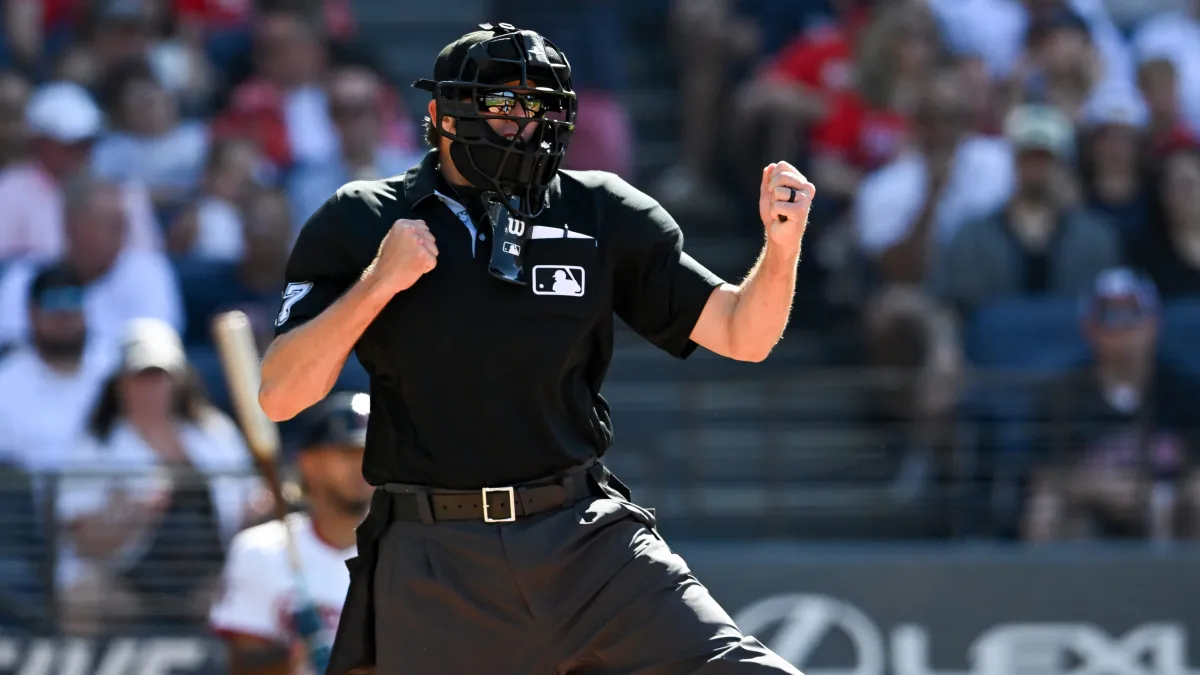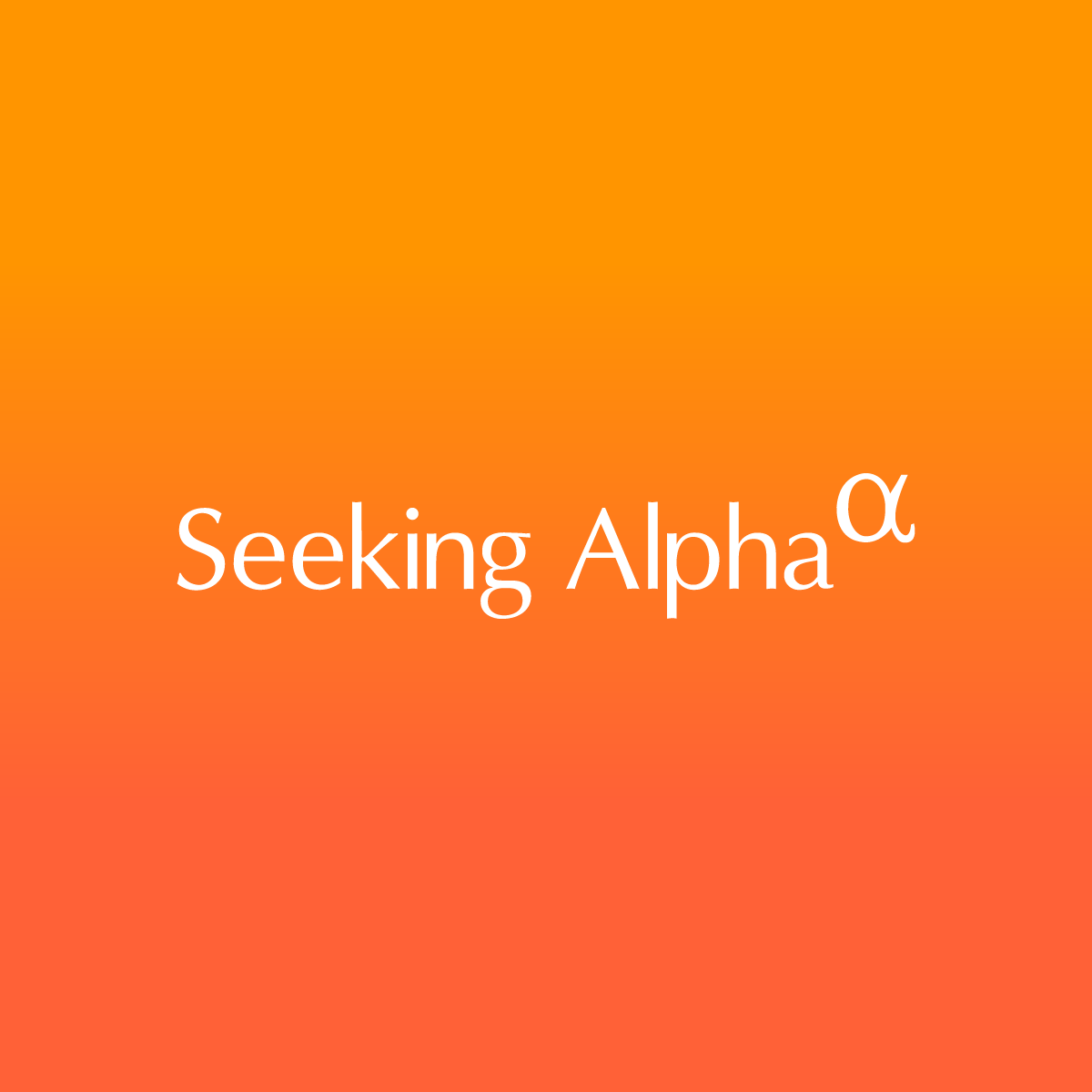By Duncan Evans
Copyright news

The money, from a total $1bn made available as an extension of the Regional Investment Corporation program (RIC), was pledged to help affected farmers and aquaculture businesses, but could leave fishermen and tourism operators in the lurch.
Farm Resilience Division assistant secretary Mel Brown told a Senate inquiry into the bloom event in Canberra on Wednesday that her department was still working out the details of the promised funding, which the prime minister announced on a trip to Kangaroo Island in August.
Mr Albanese in August said the loan products could expand to include those impacted by the bloom and days later pledged the additional $1bn in funding through the RIC program.
“Through the announcement the PM made, we’re working through who should be captured by that,” she said.
“Looking at the impacts and those who are impacted … as I mentioned, we’re working through that at the moment with government.”
The bloom, first detected in March this year, has killed thousands of marine wildlife and smashed the state’s lucrative seafood and coastal tourism industries.
At present, however, South Australian fishermen are not eligible to access the RIC funding, Ms Brown confirmed.
She said clearer detail on who could access the funding, and whether it would be expanded to include fishermen and tourism businesses, would likely come in the “next quarter”, meaning this coming October, November and December.
But she warned it could take longer if legislative changes were needed to expand the scope of the program.
“I did say within the quarter, but it could go longer,” she said.
“We do have to go through a number of legislative changes.”
Nationals Senator Ross Cadell said South Australian fishermen thought Mr Albanese had delivered them a “lifeboat”, but Ms Brown’s evidence suggested the “lifeboat is still not built”.
“People think it (the funding announcement) is their lifeboat,” he said.
“There is no boat. We’re talking about how to build a boat.”
Greens Senator Sarah Hanson Young asked if there was some kind of deadline to introduce possible legislation.
“I’m really worried, this has been six months already of hardship and pain, they (fishermen) are staring down the barrel of a horrible summer, we don’t have time to wait around,” she said.
Ms Brown confirmed her department was not “ruling out anyone”.
“We’re looking at all the options,” she said.
In a separate statement, Mr Cadell disparaged Mr Albanese’s announcement as a “big bucket of nothing”.
“Six months ago, the fish disappeared from the Spencer Gulf,” he said following the Senate hearing.
“Now, we’re talking about the fact we might find out who is eligible for RIC loans before Christmas.
“The fisherman who rely on the gulf for their survival needed support yesterday, not next week, or next quarter.
“The prime minister waited until the bloom rolled into Adelaide to decide an announcement was needed.
“Once the photo was taken, the concept of delivering quick and real support washed away.”
Twice the size of the ACT
Earlier on Wednesday, the inquiry was told South Australia’s devastating algal bloom is now twice the size of the entire ACT, covering some 4500sq km, but the scale of it is not unusual.
US scientist and harmful algal bloom expert Donald Anderson told the inquiry that the vast bloom that has poisoned South Australia’s coastline since March was “significant” but not “extraordinary”.
“The bloom you have is a significant one, but it is not extraordinary,” he said, dialling in from the US.
“I know that might be hard to believe.”
He warned that numerous outbreaks of a similar or comparable size had struck other parts of the world.
The bloom has killed thousands of marine wildlife and smashed the state’s lucrative seafood and coastal tourism industries.
Dr Anderson stated bluntly the bloom was now too large to be controlled.
“The bloom you have is far too extensive, too big, to consider controlling (it),” he said.
“The best we can do these days is to manage them, to provide information on where they are, how toxic they are, if various resources are safe to eat, what symptoms people might experience if they did consume something.
“None of that is direct control. Your next step is to develop that kind of knowledge.”
A senate inquiry into the event held public hearings across Adelaide, Port Lincoln, Ardrossan and Victor Harbour earlier this month, with a final hearing in Canberra on Wednesday.
Button Fisheries owner Bart Butson, speaking in Ardrossan, said he hadn’t seen any calamari or squid in the St Vincent Gulf for the past 2½ months.
“That is just incredible for us. It shouldn’t happen,” he said.
Port Lincoln Mayor Diana Mislov told the senators that fishermen in the iconic “seafood capital of Australia” were struggling to catch fish in the Spencer Gulf.
“We’re feeling it on our bays – the fish just aren’t biting, they are not there,” she said.
There are also concerns the bloom could continue into spring and summer.
Dr Anderson said algal blooms in Florida in 2018 had lasted for 17 months.
He said researchers were testing out the use of clay material to control blooms, but the technology was applicable to relatively small-scale events.
‘Depressing’
Labor senator Karen Grogan labelled South Australia’s rolling algal bloom crisis “depressing” in response to troubling testimony from leading scientists investigating the event.
Harmful algal bloom experts Professor Shauna Murray and Associate Professor Christopher Bolch both warned the inquiry that scientists were still largely in the dark about the causes of the phenomena.
“We can’t understand how and why this bloom occurred and the risks it poses unless we understand the primary causative organisms,” Professor Bolch said.
“We are still trying to determine which species (of harmful algae) it is, so we can’t apply previous research with much confidence to understand the factors that might have initiated and sustained the bloom.”
Professor Murray, meanwhile, warned that Australia was operating within a vast knowledge gap on harmful blooms.
“There is a very specific knowledge and technical skill base that is needed to research marine harmful algae blooms and there are probably less than 10 scientists that are trained in this area,” she told the hearing.
“A lot of what has been said about this harmful algal bloom appears to be in an absence of information.”
She stressed that “every species of harmful algae” was “totally different” with separate temperature, nutrient and salinity preferences.
From this, she said scientists could not confidently state whether a marine heatwave or nutrient run-off had triggered the bloom because the community still didn’t know “which marine species we have in this bloom”.
“That depressing, isn’t it?” Senator Grogan interjected.
“It is, yes,” Professor Murray said.
There are some 50,000 species of algae, and only about 200 of those are considered harmful.
Harmful algae produce toxins that can kill and contaminate marine life.
Some species of karenia are causing the current bloom event.



